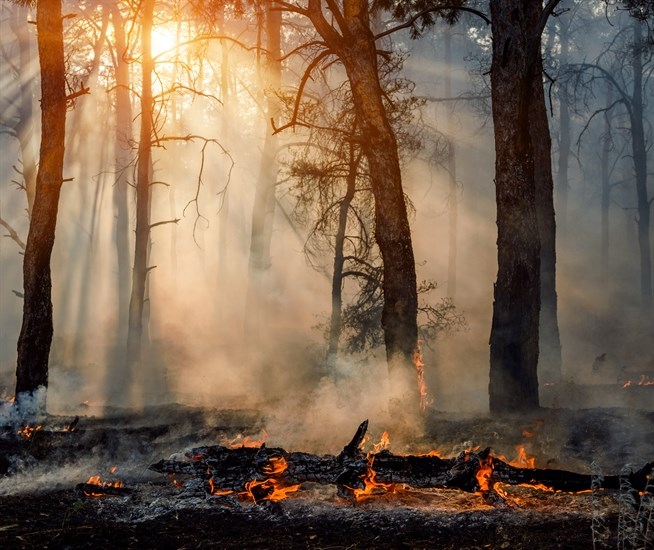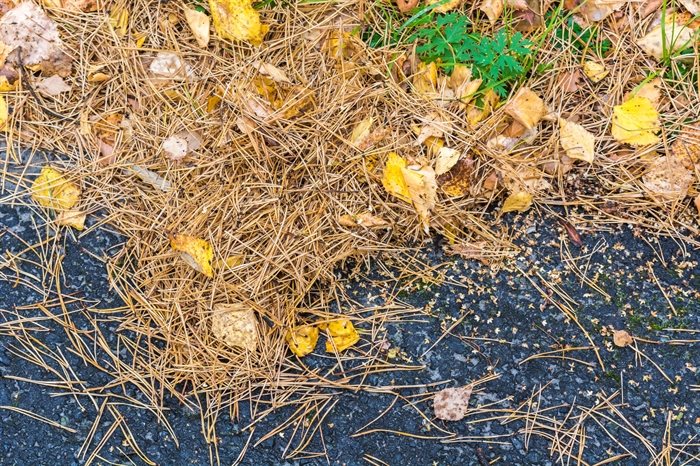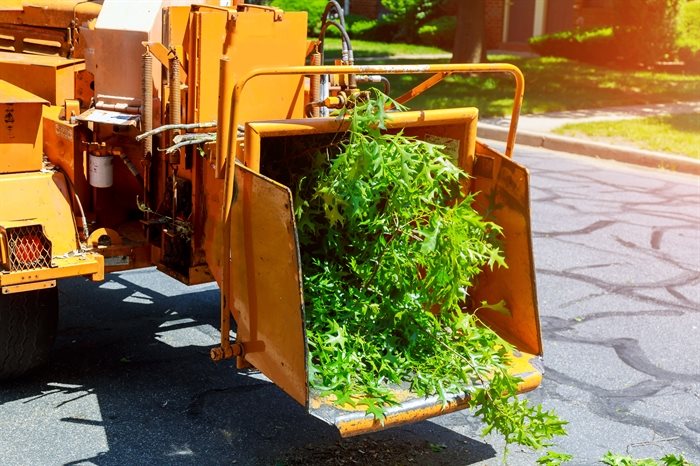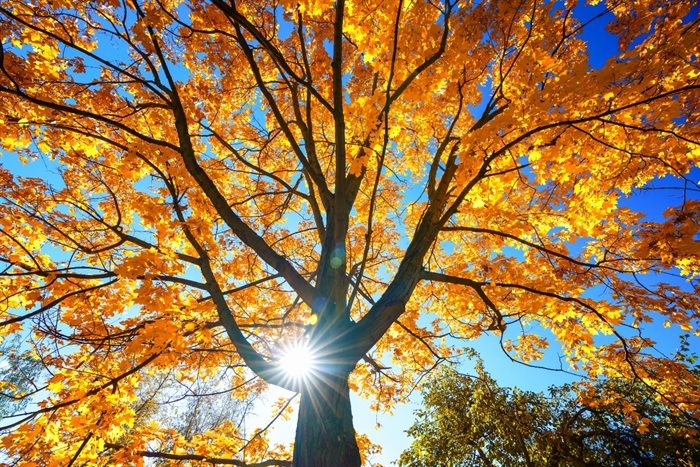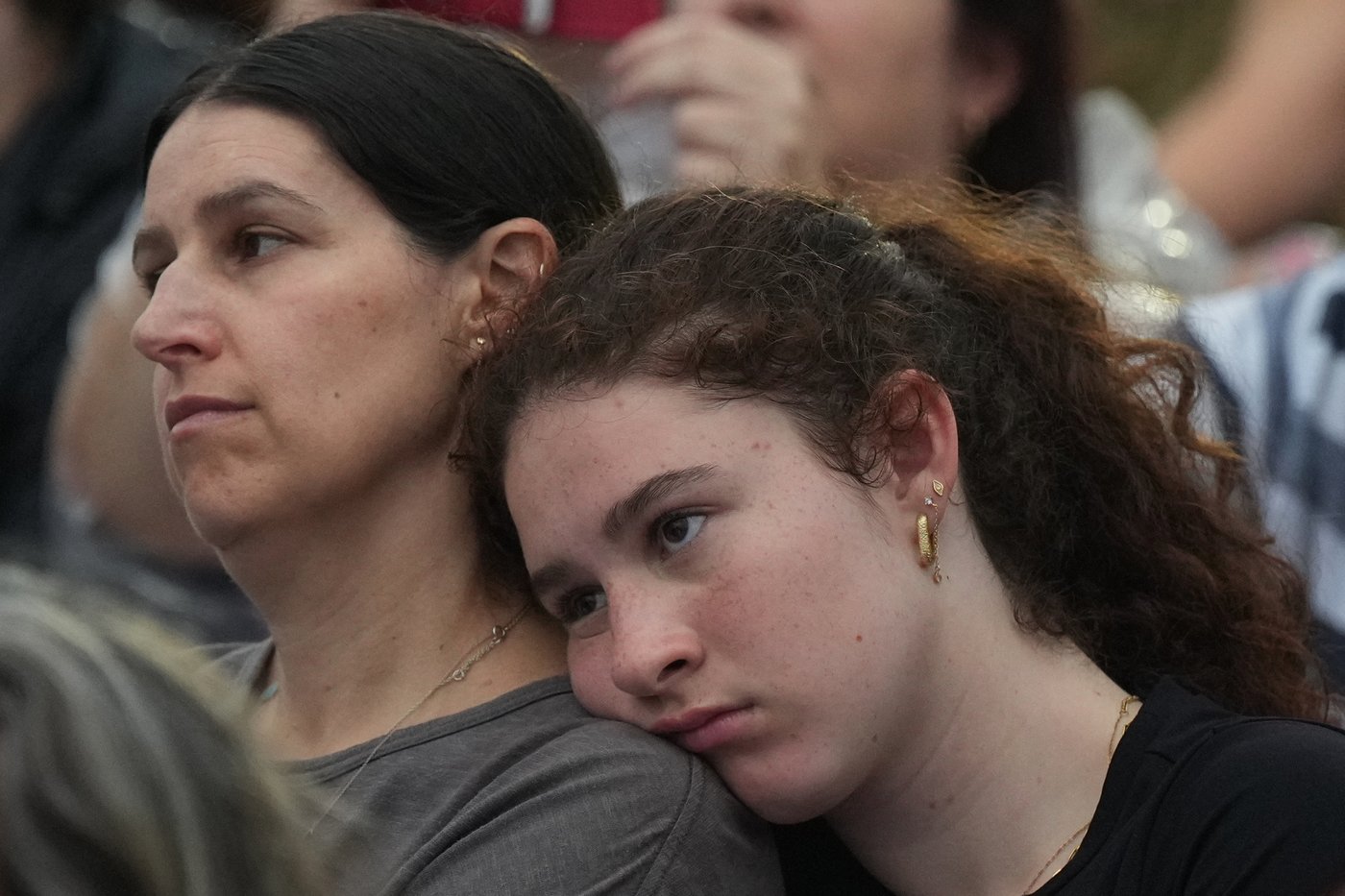Fire-proofing your yard this Fall
With climate change, summers in B.C. are getting hotter and drier, and with that comes the increasing danger of wildfire.
While wildfires are part of the wildland ecosystem — they help to recycle nutrients in the forest, help plants reproduce and create the varied vegetation that supports habitat for a variety of wildlife — they can also be extremely damaging to homes and communities that are built on the interface between urban and rural areas.
This fall, with help from tree maintenance experts like Pine Valley Tree Services, a Kamloops-based company that has now expanded into the Vernon, Kelowna and Salmon Arm areas, measures can be taken to reduce the potential impact to homes exposed to wildfire flames. The days are cooler and it’s a good time to find the services you need well ahead of next year.
Because sparks and embers can be thrown as far as two kilometres ahead of a raging wildfire, it is important to have your trees well-maintained and trimmed and the ground free of fuels to feed the flames. Coniferous trees are highly flammable, much more so than deciduous, or leafy, trees. Sparks from burning trees on a property can ignite other materials on, or near, a house and set it on fire. That is why it is a good idea to consult a tree maintenance expert about the best way to help protect your home if you have trees on your property.
In an area like the Thompson and Okanagan regions, which we know is now regularly experiencing wildfires in the hot, dry summers, being a fire-smart property owner is crucial. Surface fuels like plants, leaves, woodpiles, dried grasses, as well as wood shake roofs, wood or vinyl siding and wooden fences attached to buildings can all be fuel for a fire that could burn down a house.
Extreme radiant or direct heat from burning trees can also be a problem. It can melt nearby vinyl siding on a building, break glass and ignite a home. And that heat can come from farther away than many think — as much as 30 metres away. Creating a fire-smart property can include not having trees and bushes right up against a building and spacing out trees to mitigate against fire easily moving from tree to tree.
Fine fuels on the ground, such as pine needles and dried grass can also help spread the flames. Arborists and landscapers can help plan and modify vegetation around homes to reduce the potential impact of wildfire. Decreasing the density of trees, pruning lower branches and removing combustible surface materials can go a long way in helping reduce the fire risk to a building. Planting fire-resistant vegetation can also help.
Wildfire can follow a path from a forest or grassland to your home. A wildfire moving from the tops of trees can be slowed if the trees are spaced out. B.C.'s FireSmart guide for homeowners says changes within 10 meters of your home will have the biggest impact. It recommends spacing trees three metres apart and pruning lower tree branches to two metres off the ground.
This guide also recommends fire-resistant roof materials, not wood shakes, having a spark resistor on your chimney to reduce the chance of embers from your own fireplace starting a fire on your roof or property and cleaning out gutters regularly to rid them of any combustible fuels. Enclosing eaves and screening vents can also help as they are areas where embers and sparks can fly into and catch inner roof components on fire.
Adding a few FireSmart actions to your regular fall yard work routine will reduce wildfire risk. While fire embers may seem small, they should not be underestimated. Approximately 50% of home fires caused by wildfires are started by sparks and embers. Regular maintenance and cleaning the corners and crevices of your home and yard (where needles and debris build up) will leave nothing for embers to ignite. Remember to remove any windblown leaves from under decks, as well as flammable debris on balconies and patios.
Landscaping design can also help and that is where tree maintenance experts can help. A FireSmart yard can still include trees, says the FireSmart guide. In B.C., many people choose to live surrounded by the natural environment and trees are a cherished part of our relationship with nature. By following the guide's recommendations and consulting with tree maintenance experts, homeowners can have a lush, green yard that is also resistant to wildfire, it says.
Trees that are considered more fire-resistant are deciduous (leafy) varieties such as maple, ash, cherry, or birch. Trees that are more likely to be combustible include cedar, pine and spruce. Tall grass is also more likely to burn quicker than a short, mown, lush lawn.
When it comes to pruning your trees, it’s best to do it — or have it done by a professional — in late winter when the tree is dormant. But dead branches can be removed at any time of year. Contact the pros at Pine Valley Tree Services for a free quote at 778-362-3230. And learn more at https://pinevalleytreeservices.ca


